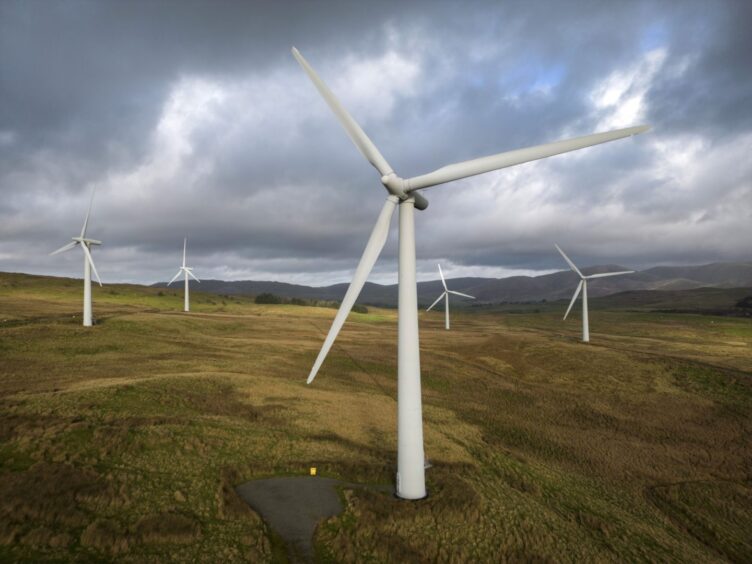
Despite lifting the de facto ban on onshore wind, England will need to fill an “intelligence gap” as it looks to catch up on a decade of lost progress.
Speaking during Onshore Wind Conference 2024, RenewableUK chief executive Dan McGrail hailed the lifting of the “mindless” ban, which he said had “cost consumers billions in the recent energy crisis”.
However, director of the renewable electricity directorate at the Department for Energy Security and Net Zero (DESNZ) Dr Sarah Redwood said she felt “cautious” about English onshore wind.
“We’ve had the de facto ban for ten years, England is open for business, so we need to really catch up on that.”
The decade-long gap in the project pipeline has created an “intelligence gap” in the planning process.
She added: “We really need all the stakeholders and decision makers to get skilled up and ready for this big pipeline of projects we’d like to see coming through.
“And there’s a bit of a policy gap. We’ve lifted the onshore wind ban but that’s not it by any stretch.”
Her comments come as the latest AR6 results show that only a single onshore wind farm received a CfD – the 8MW Alaska onshore wind farm in Dorset. The project will recycle four 2MW Vestas V80 turbines that were previously installed in Belgium.
A total of 990MW of onshore wind capacity was contracted at strike prices of £50.90. The vast majority, 909MW, is from projects based in Scotland, with another 72.6MW for Wales, plus England’s lone 8MW project.
However, EDF Renewables UK director of onshore wind for hydrogen and C&I solar Jon O’Sullivan pointed to the increase in Welsh capacity as a sign of hope.
“From last year there was one Welsh project that achieved CfD and now there are three, so it’s definitely going in the right direction,” he said.
While Scotland still dominates the UK’s onshore wind sector, a new report from RenewableUK found that the UK’s onshore wind project pipeline grew by 4.2GW since September 2023, twice as much growth as same period last year.
The EnergyPulse Onshore Wind Report found that the UK now has 42.7GW of onshore wind projects at all stage of development (operational, under construction, consented, in planning and pre-planning), up from 38.5GW a year ago.
75% of the UK’s total onshore wind pipeline is in Scotland, where operational capacity has reached 10GW with over 630MW added in the past year.
The report forecasts that if all projects in the pipeline are built within the currently expected timeframes, up to 27.8GW of capacity could be operational by 2030, including repowering older projects with new turbines.
“Lifting the ban in England is just part of a much bigger equation,” McGrail said. “Having skin in the game across all four nations helps everyone.”
Recommended for you

